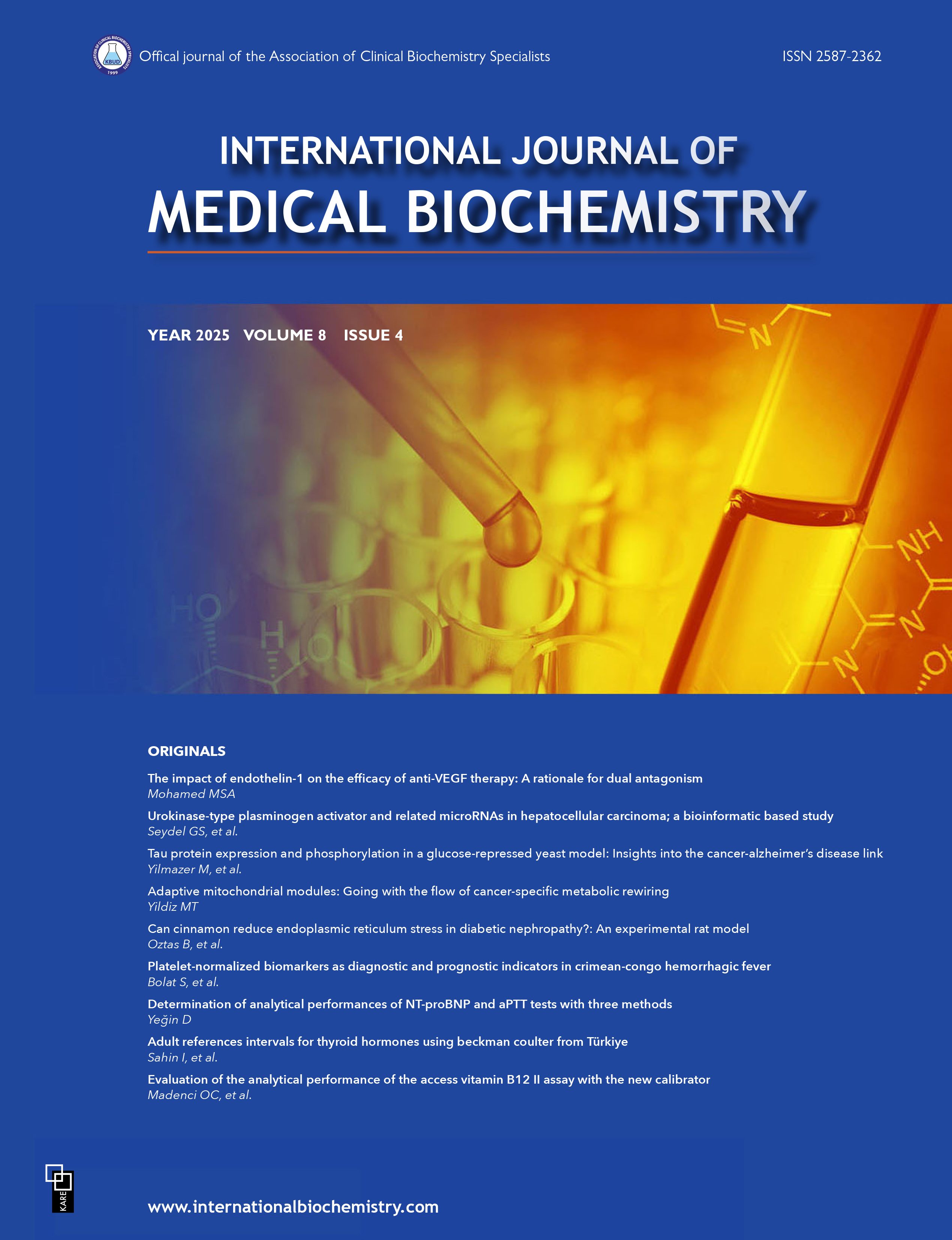Thiol/disulfide homeostasis in gastritis with or without Helicobacter pylori
Yakup Dulgeroglu1, Osman Bandirmali21Department of Medical Biochemistry, Kulu State Hospital, Konya, Türkiye2Department of General Surgery, Surgical Oncology, Ondokuz Mayıs University Faculty of Medicine, Samsun, Türkiye
INTRODUCTION: In this study, it was aimed to evaluate how thiol/disulfide homeostasis is affected in Helicobacter pylori positive and negative gastritis and the efficiency of thiol/disulfide levels in the diagnosis of chronic gastritis.
METHODS: Seventy patients with chronic gastritis (30 H. pylori negative and 40 H. pylori positive) and 20 healthy volunteers were enrolled in the study. An upper gastrointestinal endoscopy procedure was performed on all patients. Native and total thiol were measured using a novel automatic and spectrophotometric method developed by Erel and Neselioglu. The differences between the groups and the diagnostic efficiency of the parameters were evaluated statistically.
RESULTS: Native thiol levels decreased in the chronic gastritis group compared with the control group, whereas disulfide levels increased only in the H. pylori positive gastritis group compared with the control group. No statistically significant difference was found between the groups in terms of total thiol levels. According to the ROC analysis, the highest diagnostic efficiency in distinguishing the chronic gastritis group from the control group was calculated for native thiol with a 0.953 area under the curve value, 95% sensitivity, and 90% specificity.
DISCUSSION AND CONCLUSION: It was shown that the thiol/disulfide balance was impaired in patients with chronic gastritis compared with healthy controls, and these results were interpreted as increased oxidative stress in patients with chronic gastritis. It was determined that serum native thiol levels have high diagnostic efficiency in the diagnosis of gastritis, and it can be a potential biomarker candidate for chronic gastritis.
Manuscript Language: English







